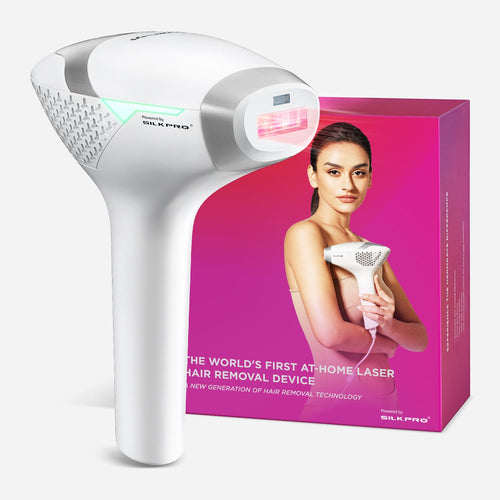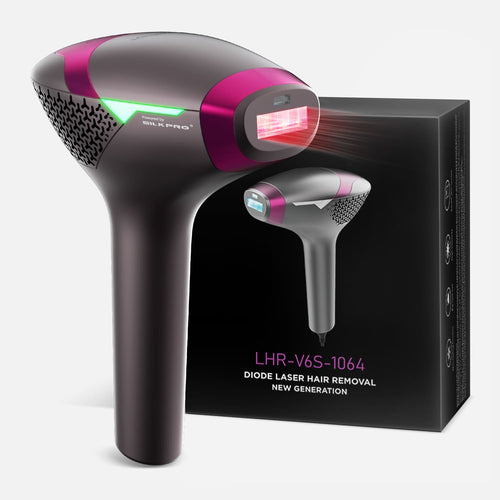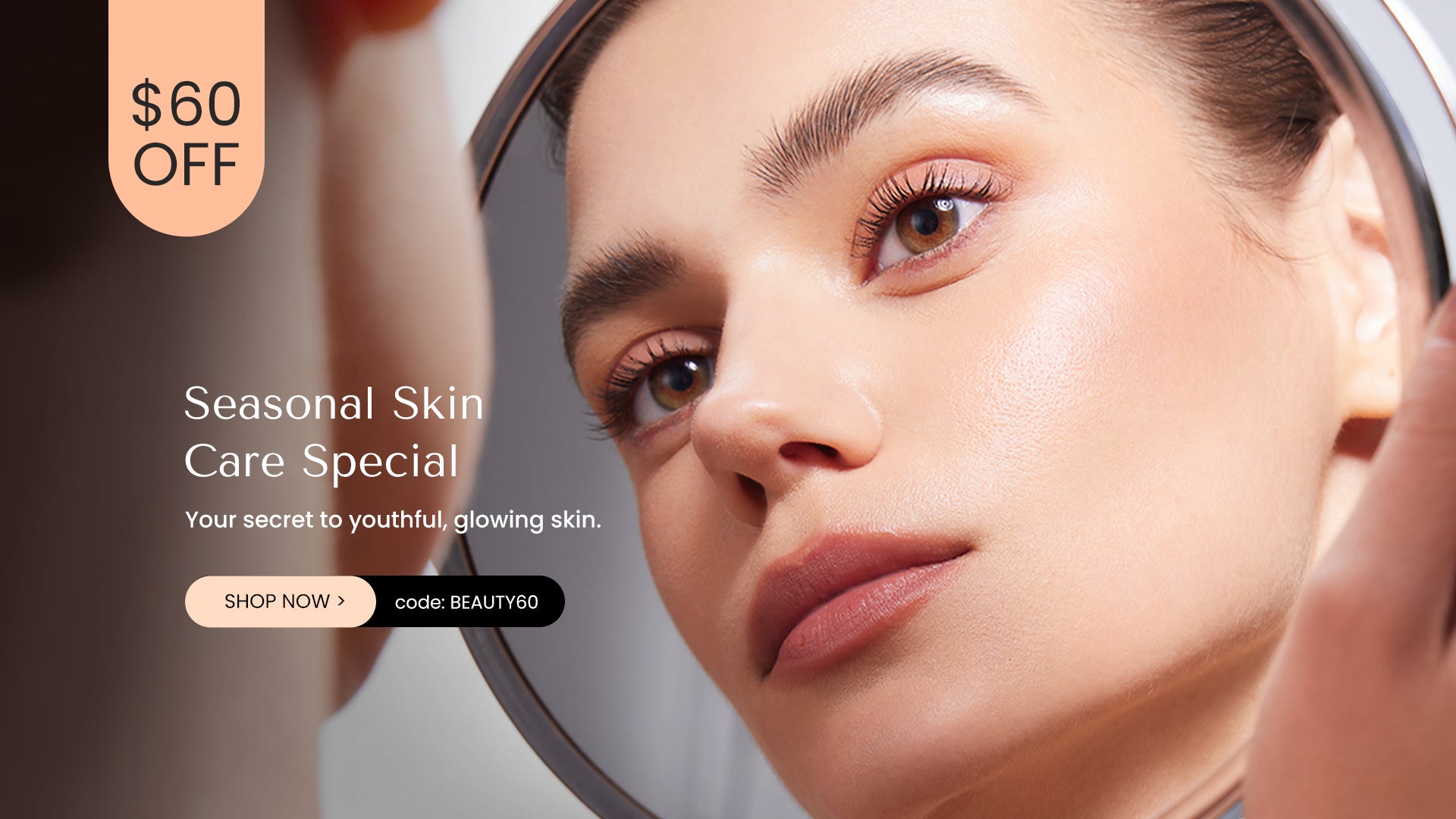The laser hair removal industry reached a value of $1.03 billion in 2022. As per the projections in the graph shown below, a steady growth with a compound annual growth rate (CAGR) of 19.4% from 2023 to 2030 is expected in the laser industry. This growth is fueled by a notable shift in the trend toward maintaining optimal aesthetic beauty. The market is also benefiting from an increasing awareness of the safety offered by aesthetic lasers. Innovative technological advancements in the field of aesthetic lasers further contribute to the market's expansion.

As consumers become more conscious of the convenience and effectiveness of laser hair removal, the demand for these services is expected to rise. Additionally, the ongoing research and development in laser technology will likely introduce innovative solutions, driving the market forward. The growing popularity of non-invasive beauty treatments, coupled with an expanding global population seeking aesthetic solutions, positions the laser hair removal market for sustained growth in the foreseeable future.
With significant growth aspects, it is essential to delve into the scientific principles underlying laser hair removal technology and how it sets off as an effective method for removing hair when compared to traditional approaches.
What is the science behind laser hair removal?
The laser hair removal method involves using pulses of laser light to eliminate hair follicles, rendering it a popular method for achieving long-term hair reduction. Before becoming widely available in 1995 and 1996, it was initially explored experimentally for approximately two decades. In 1998, researchers from Massachusetts General Hospital published one of the earliest articles detailing the process.
However, the breakthrough in laser hair removal came from the work of Gregory Altshuler, R. Rox Anderson and three other doctors, who identified the potential to selectively target a specific chromophore with a laser, causing partial damage to basal stem cells within hair follicles. In their work, they introduced a concept of selective target damage by heat diffusion and the theory of selective photothermolysis.
Selective Photothermolysis Principle for Laser Hair Removal
At the core of laser hair removal lies the principle of selective photothermolysis (SPTL), a technique that involves matching a specific wavelength of light and pulse duration to achieve the outcome on targeted tissue while minimizing impact on surrounding areas. By selectively heating the dark target matter, melanin, lasers can cause localized damage, particularly to the basal stem cells within the hair follicle responsible for hair growth.
This targeted approach allows for precision in treating the hair follicle without significantly affecting the surrounding skin. Dark objects, such as melanin-rich hair or skin, absorb laser energy at a much faster and more intense rate compared to light objects or water, emphasizing the efficiency of laser hair removal in selectively targeting dark materials for optimal results.
Melanin stands out as the primary chromophore for all hair removal lasers currently available. Naturally occurring in the skin, melanin imparts colour to both skin and hair. In hair, there are two types of melanin: eumelanin, responsible for brown or black colour, and pheomelanin, contributing to blonde or red hues. Laser hair removal operates on the principle of selective absorption, targeting only coloured hair such as black, brown, reddish-brown, or blonde, as these respond most effectively to the photons of laser light. White hair, light blonde, and strawberry blonde hair show less responsiveness.
The laser is most effective with dark, coarse hair, making the combination of light skin and dark hair optimal for achieving the best results. However, certain lasers, like the Nd: YAG laser which has a wavelength of 1060 nm and is invisible, demonstrate success in targeting black hair even in individuals with dark skin.
Gaining approval from the FDA
After successful research and results shown by laser, the utilization of laser hair removal commenced in 1997, gaining approval from the United States Food and Drug Administration (FDA) for "permanent hair reduction." As per the FDA, "permanent" hair reduction primarily refers to a sustained and stable decrease in hair regrowth following a continuous treatment regimen.
Over subsequent years of ongoing research and development, laser hair removal evolved to become both more effective and efficient. The practice of laser hair removal has become commonplace, with both professional clinics and consumer-friendly devices designed for self-treatment at home. Dermatology literature features numerous reviews assessing the methods, safety, and effectiveness of laser hair removal. Today, it stands as a widely adopted method for achieving long-lasting hair removal results.
The groundbreaking discovery propelled the popularity of laser hair removal in the market, owing to its reputation for being a safe, swift, and remarkably effective method for removing unwanted hair. However, the degree of efficacy can vary based on the expertise of the laser operator and the selection of different laser technologies employed during the procedure. For some individuals, it may be required to undergo touch-up treatments, particularly for larger areas, following the initial set of 3–8 sessions.
All of our products have FDA certification, check them here: https://www.dermrays.com/pages/certification
How has laser hair removal evolved over the years?
Most recently, an escalating number of laser hair removal clinics have emerged, driven by the growing recognition of its effectiveness. These clinics provide professional services for laser hair removal treatments, requiring individuals to undergo a series of sessions to achieve optimal results in the removal of unwanted hair. However, the latest technological strides have introduced a new player in the market – laser hair removal devices for your home use. These devices utilize lasers of various wavelengths, specifically designed for achieving permanent hair reduction.
As per the 2021 statistics from the American Society of Aesthetic Plastic Surgery, hair removal through devices ranks among the top 6 most preferred non-surgical treatments. The substantial growth potential for the market is primarily due to the fact that consumers have observed a 90% reduction in hair growth.
Hence, the surge in manufacturing of these at-home laser hair removal devices now facilitates the convenience of undergoing these treatments in the comfort of one's home, all at an affordable cost. This advancement provides individuals with an accessible and cost-effective alternative, broadening the scope of laser hair removal beyond specialized clinics and bringing the benefits of this technology directly to consumers in their domestic settings.
The dual expansion caters to diverse preferences and needs, allowing consumers to choose between the convenience of at-home devices and the specialized services offered by clinics, reflecting the evolving dynamics of the laser hair removal industry.
What are some common myths and misconceptions?
While laser hair removal has been well-received for achieving long-term hair reduction, it is often accompanied by several myths and misconceptions that can crowd individuals' understanding of the procedure.
● Permanent hair removal in one session: One of the common myths is that laser hair removal is permanent just after one session. In reality, achieving optimal results typically requires multiple sessions to target hair follicles at different stages of growth.
● Effective for lighter skin tones: Another misconception revolves around the idea that laser hair removal is only effective for individuals with light skin tones and dark hair. Advances in technology have made it possible to treat a broader range of skin tones and hair colours, though effectiveness may vary for different individuals.
● Painful procedure: Additionally, some believe that the procedure is extremely painful. While sensations vary from person to person, advancements in laser technology, such as built-in cooling systems, have significantly minimized discomfort during laser hair removal procedures.
● Causes skin damage: There's also a common myth that laser hair removal causes skin damage. When performed by a trained professional, laser hair removal is generally safe. However, incorrect settings or unqualified practitioners may increase the risk of side effects.
● Expensive to other methods: Lastly, the misconception that laser hair removal is prohibitively expensive may deter potential candidates. While it initially involves a financial investment, many individuals find the long-term benefits and reduced maintenance costs make it a cost-effective choice over time.
In conclusion, laser hair removal has been proven as a highly effective and popular method for achieving long-term reduction in unwanted hair growth. The procedure is known for its precision, and zero damage to surrounding skin while offering long-lasting results. Many individuals also experience a significant decrease in the regrowth of the total number of hairs.
Additionally, technological advancements and various laser options have expanded the applicability of this procedure, making it suitable for a diverse range of skin tones. If you get the right amount of education from qualified professionals, you can help dispel these myths, allowing yourself to make informed decisions about laser hair removal based on accurate information.
Are you in search of the perfect laser hair removal device? Explore Dermrays' V4S, V6S, and V8S devices for salon-grade excellence at home. Our products boast the industry-recognized 810nm and 1064nm diode lasers, ensuring effective hair removal and setting a Gold Standard for all skin tones. Witness a noticeable difference in your skin, achieving professional-grade results in the comfort of your home.











Leave a comment
All comments are moderated before being published.
This site is protected by hCaptcha and the hCaptcha Privacy Policy and Terms of Service apply.